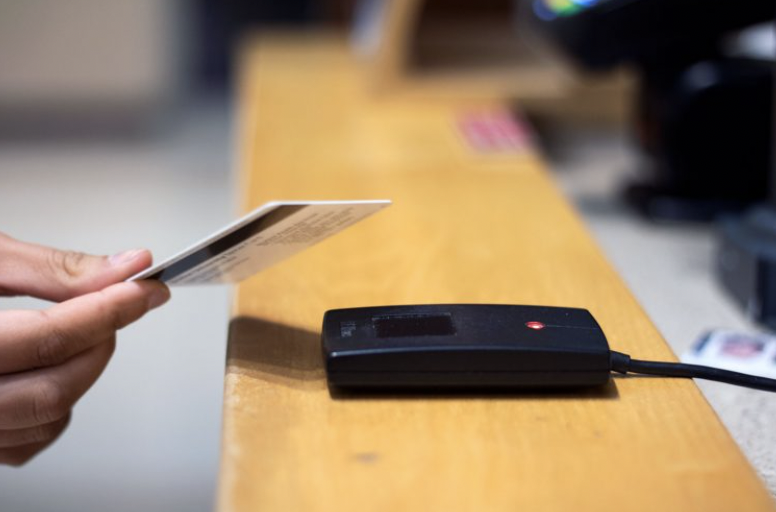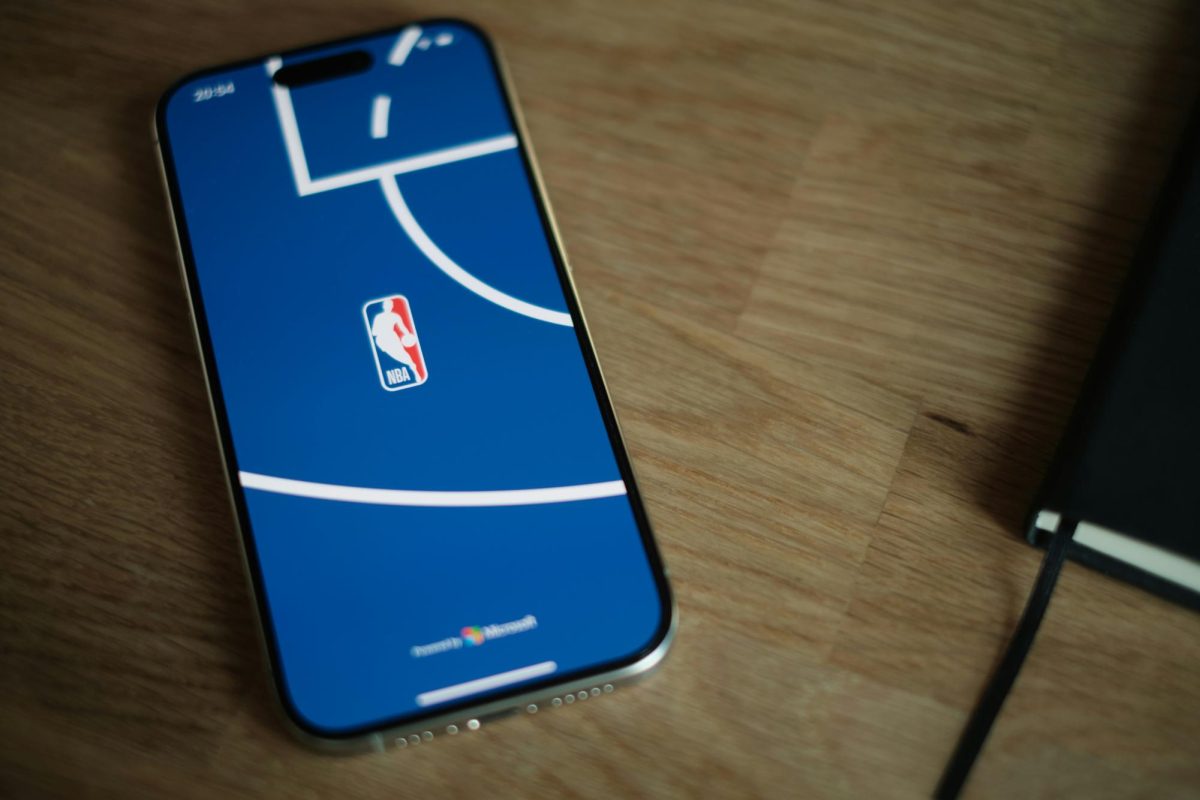Photo courtesy of OFIA KOYAMA/ DAILY FREE PRESS STAFF
Hofstra’s new Dining Dollars requirement for sophomores is an unnecessary change that will end up costing students more than it will help them.
In previous years, freshmen were required to choose from options five, six or seven, the three most expensive meal plans if they lived on campus. However, on Wednesday, Feb. 7, Jessica Eads, the senior vice president for student enrollment, engagement and success, sent out an email to all freshmen highlighting a new change in the Dining Dollars plan. This change was that not only do freshmen have to buy one of these three dining plans, but sophomores would have to as well.
The reasoning stated in the email is that the administration has recorded that students who purchase too small of a meal plan end up adding more funds or running out during the semester. The idea is that this change will reduce students’ stress when trying to save Dining Dollars. For most students who buy larger dining plans, they end up with more money leftover at the end of the semester than they could use.
Food is expensive at Hofstra. While the administration can’t completely overhaul the pricing as it is related to the contract signed with the food providers, it is an important context to the Dining Dollars issue raised. The classic burger at the Oak Street Café is $9.33, according to its Boost menu. Add a bottled soda for $2.50, and you end up with an average price of around $12 per meal.
Not everyone needs these expensive dining plans, and the whole reason multiple plans are offered in the first place is to give choices to the students who know their eating habits.
In my case, as a freshman, I purchased the $3,080 plan and ended up with $291.51 at the end of the fall semester. With that extra money included, I’ll most likely end up with double that at the end of the spring semester if my eating habits stay relatively the same.
This calculation doesn’t consider times when I am away from campus, such as spring break, when I will not be spending my Dining Dollars here and will be saving a week’s worth of money.
I don’t need this high of a dining plan, and while I was at first anxious about running out of money, I no longer have that concern. I initially wanted to purchase one of the lower dining plans next year. But with this change, I can’t.
If Hofstra wants to relieve the stress students have about Dining Dollars, there’s a better way to do it than requiring sophomores to buy higher plans. One of those ways is to change how the rollover system works.
Dining Dollars carry over from fall to spring semester, but only if you purchase a plan of equal or greater value. Anything left over after the spring semester is forfeited.
If you have significant leftover Dining Dollars at the end of the fall semester and they roll over, you’ll likely end up with the same amount, or more, at the end of the spring semester.
If after the fall semester you have leftover money and realize you could use a lesser meal plan and be alright, you will forfeit what you have in leftovers.
This shouldn’t be how it works. Dining Dollars should carry over no matter the meal plan. Buying the same meal plan when you have a lot of leftover money is a waste. Hofstra is already an expensive school to attend; lessening the amount of money spent on Dining Dollars would help students discover which meal plan is better suited to them and save them a lot of money in the long term.
Hofstra has the right idea that changing the dining program can be beneficial, but they’re going about it in the wrong way. There are plenty of changes that can be made to help students, but limiting student options is not the way to do it.








